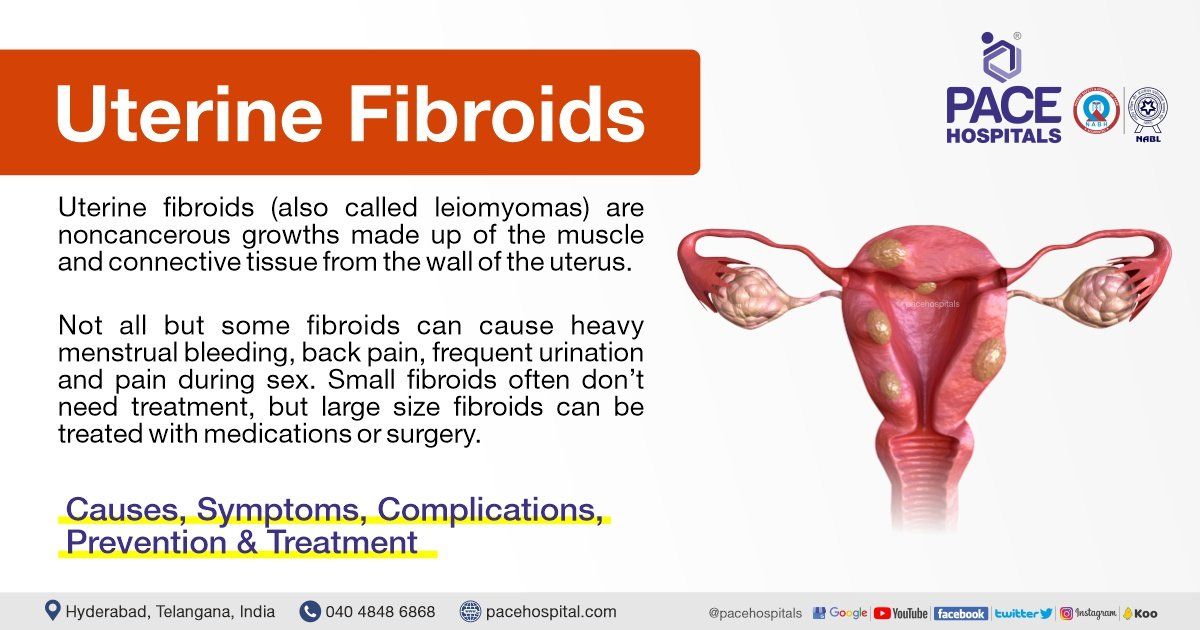 Fibroids are benign, non-cancerous growths that develop in the uterine wall. They are a common gynecological issue affecting millions of women worldwide, including Singapore. While many women experience no symptoms, others may face discomfort, pain, and heavy bleeding. This article will explore the prevalence, causes, symptoms, diagnosis, and treatment options for fibroids in Singapore.
Fibroids are benign, non-cancerous growths that develop in the uterine wall. They are a common gynecological issue affecting millions of women worldwide, including Singapore. While many women experience no symptoms, others may face discomfort, pain, and heavy bleeding. This article will explore the prevalence, causes, symptoms, diagnosis, and treatment options for fibroids in Singapore.
Prevalence and Causes
Fibroids are more common in women of African descent and those with a family history of the condition. In Singapore, where the population is diverse, fibroids affect a significant number of women. The exact causes of fibroids are not fully understood, but several factors may contribute to their development, including:
Hormones: Estrogen and progesterone, the hormones responsible for menstruation and pregnancy, play a crucial role in fibroid singapore growth.
Genetics: A family history of fibroids can increase a woman's risk.
Age: Fibroids tend to grow larger as women get older.
Obesity: Excess weight can contribute to fibroid development.
African descent: Women of African descent have a higher risk of developing fibroids.
Symptoms
The symptoms of fibroids vary widely depending on the size and location of the growths. Some women may experience no symptoms at all, while others may face the following:
Heavy bleeding during menstruation
Pain in the pelvis or lower back
Frequent urination
Constipation
Infertility or recurrent miscarriage
Diagnosis
If you are experiencing symptoms that may be related to fibroids, it is important to consult with a gynecologist. They will conduct a physical examination and may order one or more of the following tests:
Pelvic ultrasound: This imaging test can help visualize fibroids and determine their size and location.
MRI: Magnetic resonance imaging can provide more detailed information about the fibroids and their impact on surrounding organs.
Hysteroscopy: This procedure involves inserting a thin tube with a camera into the uterus to examine the inside.
Treatment Options
The appropriate treatment for fibroids depends on the severity of symptoms, the size and location of the growths, and the woman's desire to have children. Some treatment options include:
Observation: If symptoms are mild, your doctor may recommend monitoring the fibroids over time.
Medications: Hormonal medications can help reduce the size of fibroids and alleviate symptoms.
Myomectomy: This surgical procedure involves removing the fibroids while preserving the uterus.
Uterine artery embolization: This minimally invasive procedure involves blocking the blood supply to the fibroids, causing them to shrink.
Hysterectomy: In severe cases, a hysterectomy may be necessary to remove the uterus and fibroids.
Fibroids are a common gynecological condition affecting many women in Singapore. While they are generally benign, they can cause significant discomfort and impact a woman's quality of life. If you are experiencing symptoms that may be related to fibroids, it is important to seek medical attention. With appropriate diagnosis and treatment, most women can effectively manage their condition and fibroid singapore enjoy a good quality of life.